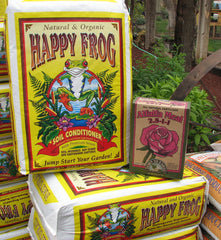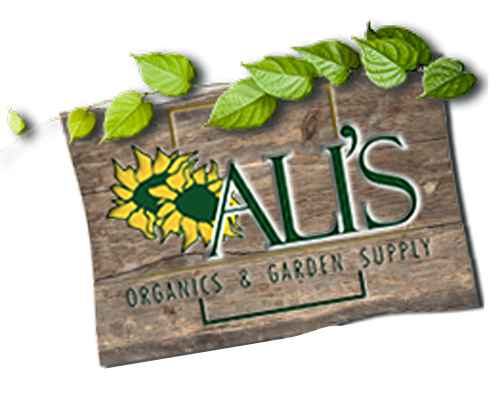What's the difference between Organic Fertilizer and Organic Soil Amendments?
Posted April 17, 2013


Soil amendments are any organic matter that improves the condition of the soil. If organic matter is left on the top of the soil without being turned in, it's either a top dressing or a mulch. Once organic matter is turned into the soil it is considered a soil amendment. Amending is an excellent way to improve soils for new gardens as well as established beds. Soil amendments improve drainage, loosen clay soil and compacted soils, improve nutrient and water retention in sandy soils while providing food for microorganisms.
Some examples of soil amendments are compost, manure, leaf mold, leaves, straw, hay, greensand and cover crops.
Organic Fertilizer are the food for the plants. They supply nitrogen, phosphorous, potassium and many other nutrients. Just like us we need a well balanced diet to stay strong and healthy. Organic fertilizer enhance plant growth, production, health and the activity of soil organisms that some organic matter generally can't do alone. Applying fertilizers won't guarantee rich fertile soil alone or make up for poor drainage or compacted soil, but when soil is amended, you'll find plants suddenly make better use of fertilizers. Good soil/tilth will promote the best, most efficient fertilizer use.
Some examples of organic fertilizer are blood meal, bone meal, kelp meal, feather meal, soft rock phosphate and alfalfa meal.



Comments (0 Comments)
There are no comments.
Post Comment